Entering into US session, Australian dollar remains the weakest one for today, as continues to be weighed down by CPI miss. Dollar and Euro are trading as the second and the third weakest one. Markets are having their eyes on the meeting between Trump and European Commission President Jean-Claude Juncker today. But it’s unlikely for the “master of deal” and the “brutal killer” to achieve anything of significance. Meanwhile, Canadian Dollar and Swiss Franc are the strongest two today.
For the week, Yen remains on the strongest one so far. 10 year JGB drops slightly to 0.070 today, below this week’s high at 0.090. But it’s still way higher than last week’s high at 0.49. Sterling is trading as the second strongest one as traders were happy with UK PM Theresa May’s take over of Brexit negotiation. Euro is the weakest one followed by Australian Dollar.




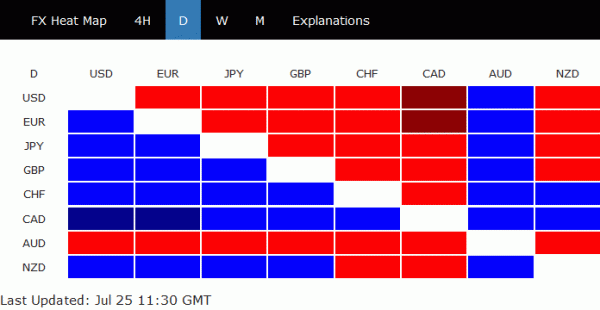
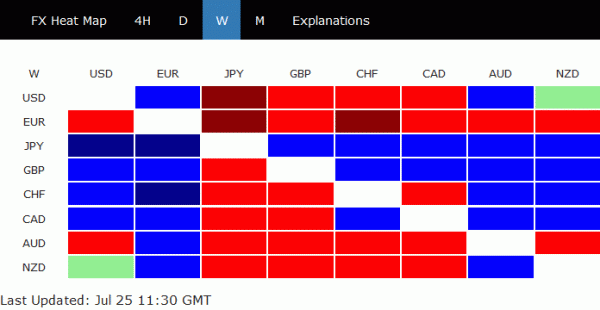
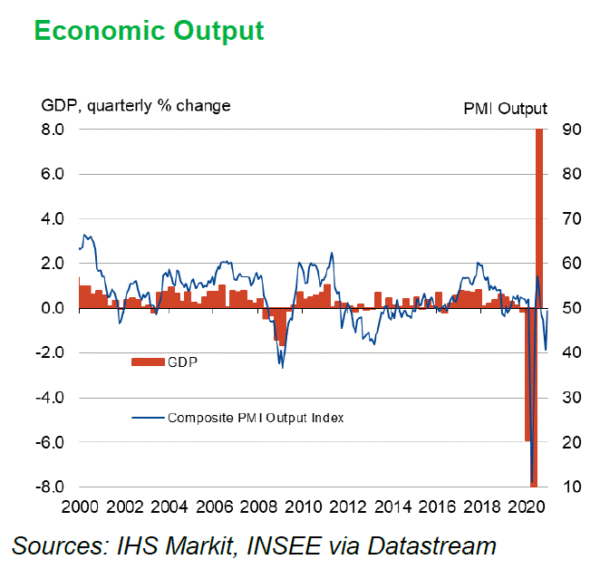
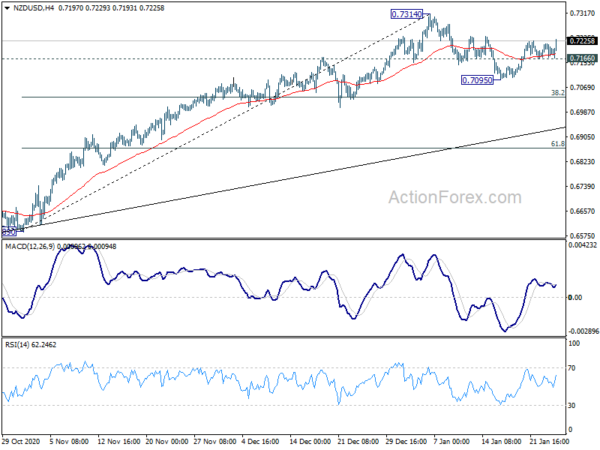
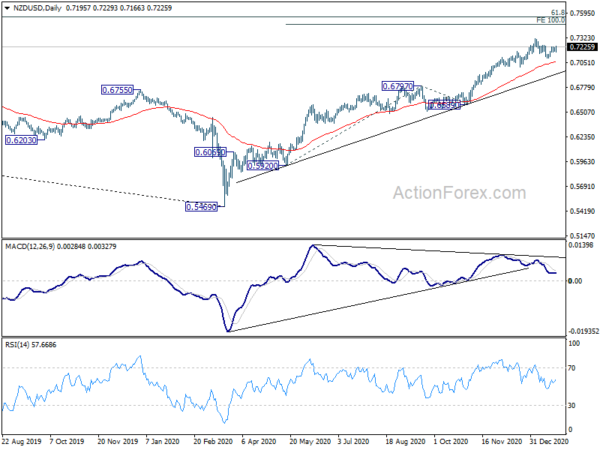
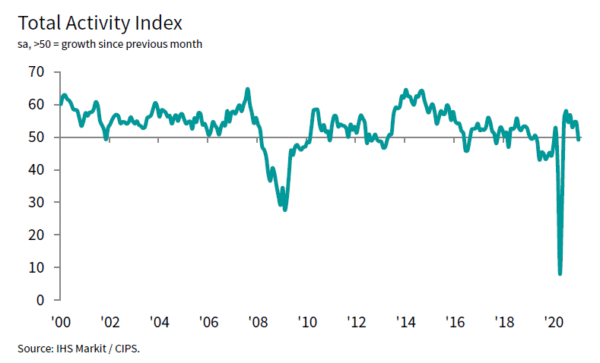

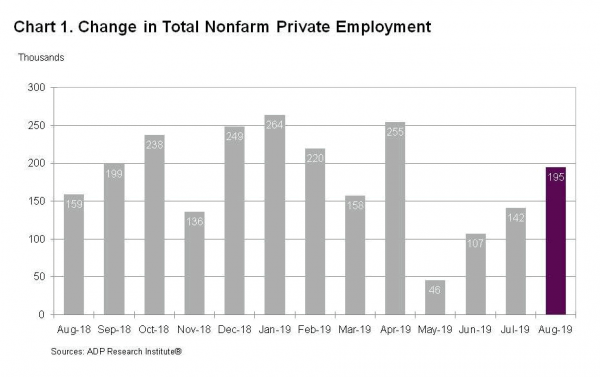
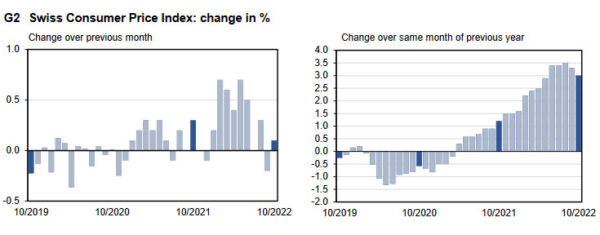
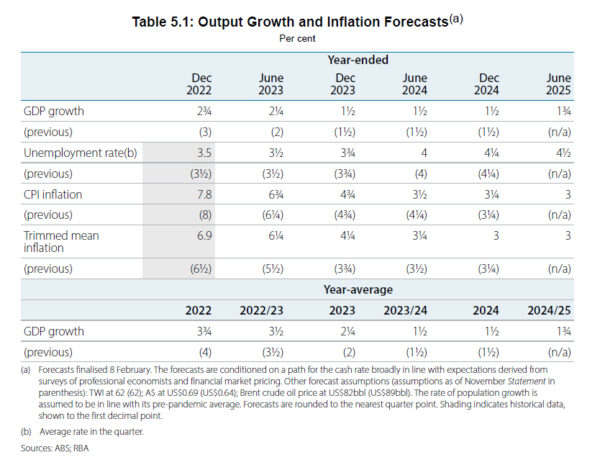
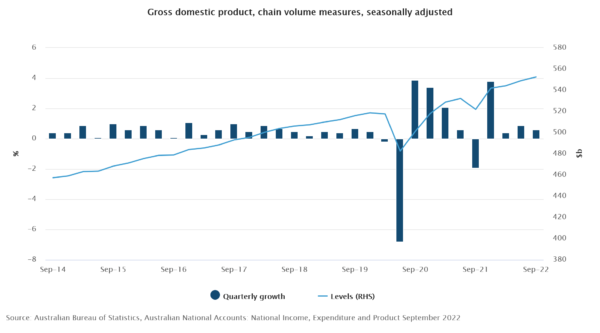
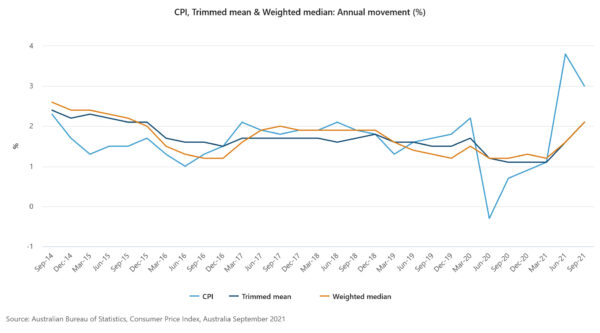

Eurozone PMI composite finalized at 52 in Feb, a resounding expansion of business activity
Eurozone PMI Services was finalized at 52.7 in February, up from January’s 50.8. PMI Composite was finalized at 52.0, up from prior month’s 50.3. Both were at their 8-month highs.
Looking at some member state, PMI composite improved in Spain (55.7, 9-month high), Ireland (54.5, 9-month high), Italy (52.2, 9-month high), France (51.7, 7-month high) and Germany (50.7, 8-month high).
Chris Williamson, Chief Business Economist at S&P Global Market Intelligence said: “A resounding expansion of business activity in February helps allay worries of a eurozone recession, for now. Doubts linger about the underlying strength of demand… Nevertheless, there are clear signs that business confidence has picked up from the lows seen late last year…
“There is a concern, however, that signs of persistent elevated selling price inflation, combined with the surprising resiliency of the economy, will embolden the ECB into more aggressive monetary policy tightening, which poses a downside risk to demand growth in the months ahead.”
Full release here.